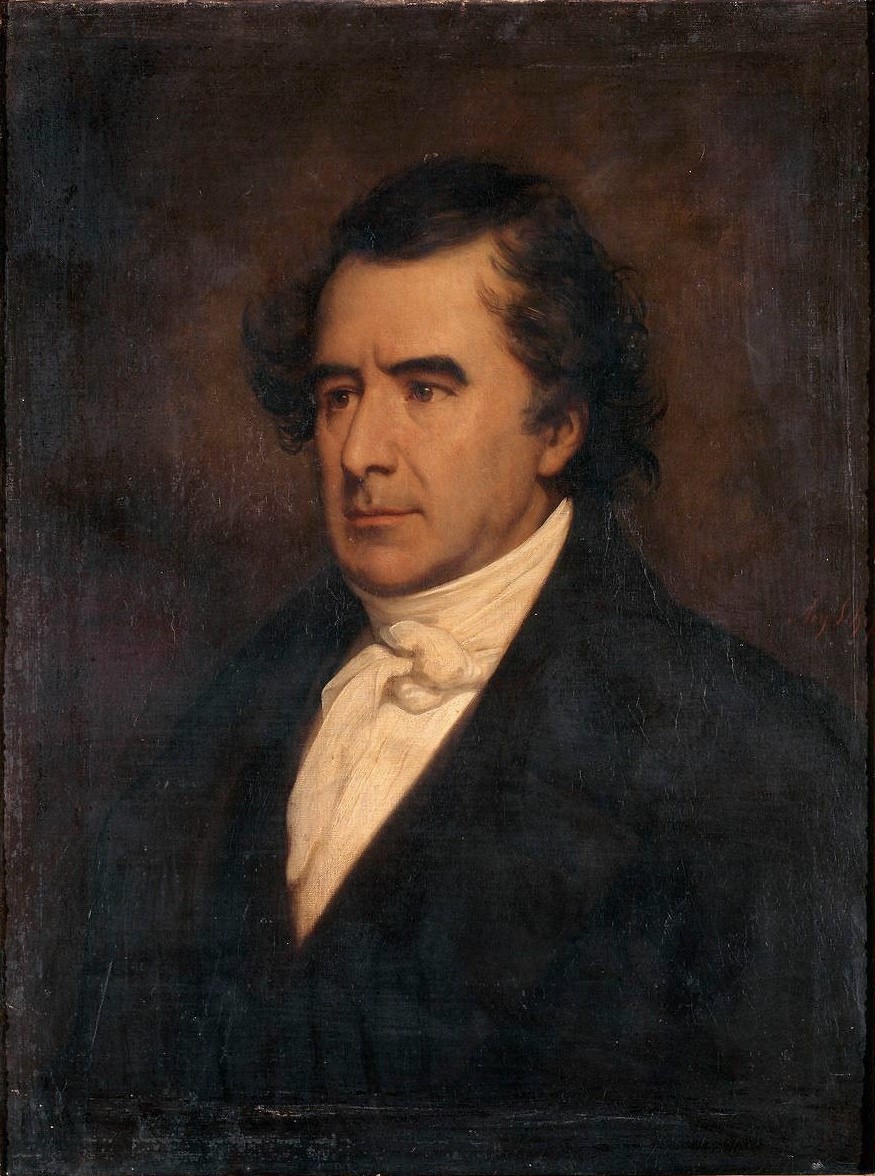|
Aragoscope
An Aragoscope is a telescope design based on diffraction around the edge of an occluding disc, named after French scientist François Arago. Concept The light diffracted around the edge of a perfectly circular occluder interferes constructively at the central axis, and the resolution at that point would be equal to the resolution of conventional lens with the same size of the occluder. Only light intensity would be lower. On this basis it would be possible to create a telescope by placing a suitable disc in space accompanied by a separate telescope some distance away along its axis. This concept has been explored by NASA and received Phase One funding in June 2014 by the NASA Innovative Advanced Concepts (NIAC) program. It is important to note that this is a very different approach from that taken by another NASA project, the New Worlds Mission, which aims to use an occluder with "petals", otherwise known as a starshade, specifically designed to ''avoid'' diffraction onto the centr ... [...More Info...] [...Related Items...] OR: [Wikipedia] [Google] [Baidu] |
New Worlds Mission
The New Worlds Mission is a proposed project comprising a large occulter flying in formation with a space telescope designed to block the light of nearby stars in order to observe their orbiting exoplanets. The observations could be taken with an existing space telescope or a dedicated visible light optical telescope optimally designed for the task of finding exoplanets. A preliminary research project was funded from 2005 through 2008 by NASA Institute for Advanced Concepts (NIAC) and headed by Webster Cash of the University of Colorado at Boulder in conjunction with Ball Aerospace & Technologies Corp., Northrop Grumman, Southwest Research Institute and others. Since 2010 the project has been looking for additional financing from NASA and other sources in the amount of roughly US$3 billion including its own four-meter telescope. [...More Info...] [...Related Items...] OR: [Wikipedia] [Google] [Baidu] |
François Arago
Dominique François Jean Arago ( ca, Domènec Francesc Joan Aragó), known simply as François Arago (; Catalan: ''Francesc Aragó'', ; 26 February 17862 October 1853), was a French mathematician, physicist, astronomer, freemason, supporter of the Carbonari revolutionaries and politician. Early life and work Arago was born at Estagel, a small village of 3,000 near Perpignan, in the ' of Pyrénées-Orientales, France, where his father held the position of Treasurer of the Mint. His parents were François Bonaventure Arago (1754–1814) and Marie Arago (1755–1845). Arago was the eldest of four brothers. Jean (1788–1836) emigrated to North America and became a general in the Mexican army. Jacques Étienne Victor (1799–1855) took part in Louis de Freycinet's exploring voyage in the ''Uranie'' from 1817 to 1821, and on his return to France devoted himself to his journalism and the drama. The fourth brother, Étienne Vincent (1802–1892), is said to have collaborated with Ho ... [...More Info...] [...Related Items...] OR: [Wikipedia] [Google] [Baidu] |
NASA
The National Aeronautics and Space Administration (NASA ) is an independent agency of the US federal government responsible for the civil space program, aeronautics research, and space research. NASA was established in 1958, succeeding the National Advisory Committee for Aeronautics (NACA), to give the U.S. space development effort a distinctly civilian orientation, emphasizing peaceful applications in space science. NASA has since led most American space exploration, including Project Mercury, Project Gemini, the 1968-1972 Apollo Moon landing missions, the Skylab space station, and the Space Shuttle. NASA supports the International Space Station and oversees the development of the Orion spacecraft and the Space Launch System for the crewed lunar Artemis program, Commercial Crew spacecraft, and the planned Lunar Gateway space station. The agency is also responsible for the Launch Services Program, which provides oversight of launch operations and countdown management f ... [...More Info...] [...Related Items...] OR: [Wikipedia] [Google] [Baidu] |
Zone Plate
A zone plate is a device used to focus light or other things exhibiting wave character.G. W. Webb, I. V. Minin and O. V. Minin, “Variable Reference Phase in Diffractive Antennas”, ''IEEE Antennas and Propagation Magazine'', vol. 53, no. 2, April. 2011, pp. 77-94. Unlike lenses or curved mirrors, zone plates use diffraction instead of refraction or reflection. Based on analysis by French physicist Augustin-Jean Fresnel, they are sometimes called Fresnel zone plates in his honor. The zone plate's focusing ability is an extension of the Arago spot phenomenon caused by diffraction from an opaque disc. A zone plate consists of a set of concentric rings, known as Fresnel zones, which alternate between being opaque and transparent. Light hitting the zone plate will diffract around the opaque zones. The zones can be spaced so that the diffracted light constructively interferes at the desired focus, creating an image there. Design and manufacture To get constructive interference ... [...More Info...] [...Related Items...] OR: [Wikipedia] [Google] [Baidu] |
Arago Telescope
Arago telescope (''Lunette Arago'') is a 38 cm (15 inch) aperture refracting telescope at Paris Observatory, installed in 1857. Francois Arago ordered this telescope from the telescope making firm Lebreours in 1839, and after a protracted development was completed by 1855. The name ''Lunette Arago'' (Arago refractor) is a modern name for the telescope, and other large refractor of Paris observatory, is the one at Meudon. It has gone by a variety of names having to do with various aspects of the telescope, such as its aperture, or location on the East tower of the Paris observatory, or its equatorial mount made by Brunner. In one journal report it was called the 'east equatorial' for example, in another instance '38 cm refractor'. In French language it has been called the ''La lunette équatoriale de 38 cm de l'Observatoire de Paris''. The telescope had an objective lens 14 ''pouces'' across, which is a name for Paris Inches; this works out to about 38 cm (14.96 ... [...More Info...] [...Related Items...] OR: [Wikipedia] [Google] [Baidu] |



.jpg)